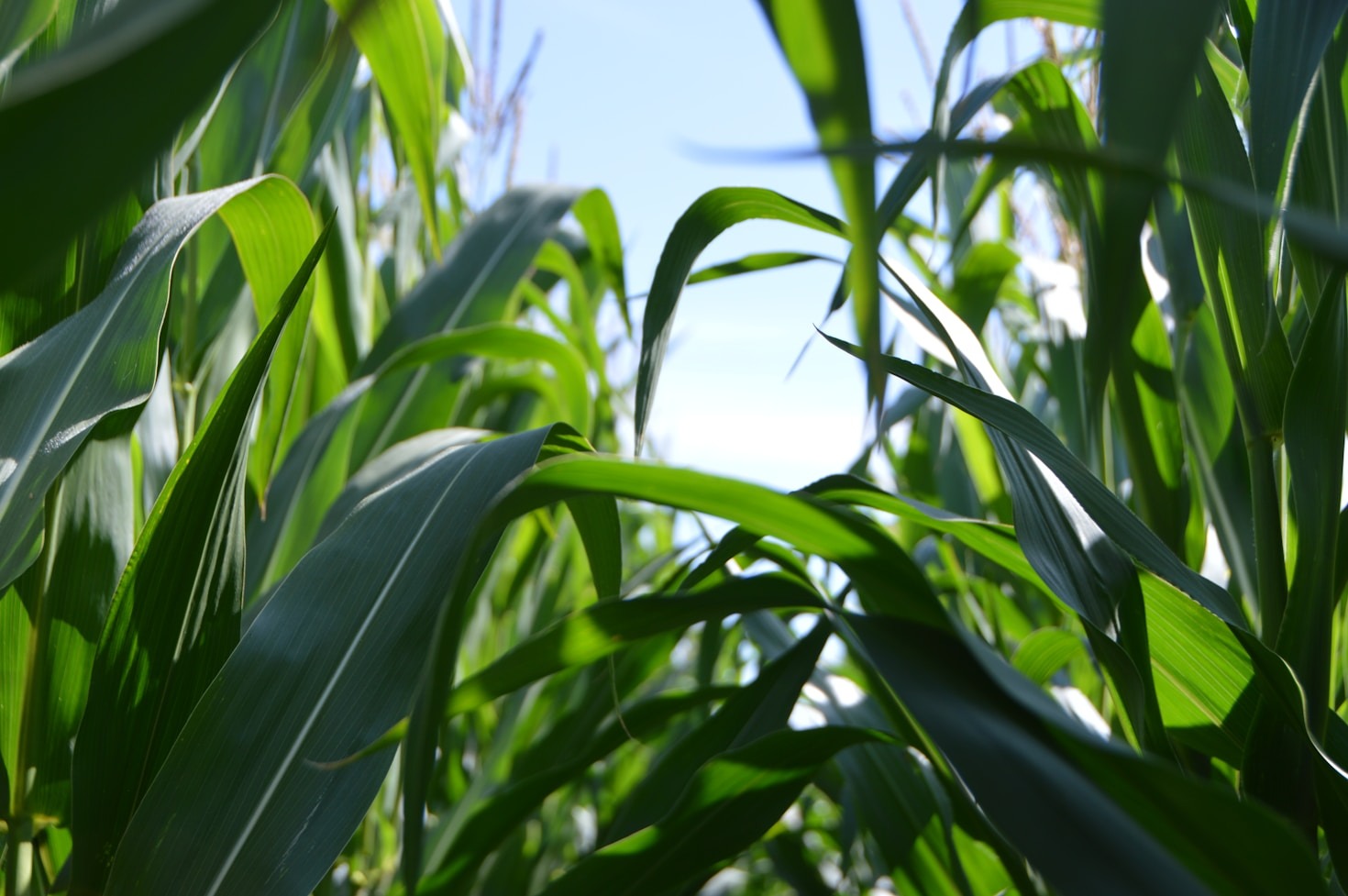Your cart is currently empty!
In the ever-evolving world of agriculture, the concept of smart farming stands at the intersection of tradition and innovation. It encompasses the integration of advanced technologies with time-honored farming practices to create a resilient and sustainable agricultural system. As the global population grows and climate change poses unprecedented challenges, smart farming presents a unique opportunity to enhance productivity while preserving the environment. This article delves into the principles of smart farming, how it bridges traditional farming methods with modern technology, and its potential impact on the future of agriculture.
Smart farming bridges the wisdom of traditional practices with the innovations of modern technology, creating a sustainable agricultural future that can feed a growing global population while respecting our planet.
Understanding Smart Farming
Smart farming refers to the use of modern technologies such as Internet of Things (IoT), artificial intelligence (AI), big data analytics, and robotics in agricultural practices. By harnessing these tools, farmers can make informed decisions that increase efficiency and reduce waste. The goal is to optimize production, improve crop quality, and ensure food security while respecting natural resources.


The Role of Tradition in Smart Farming
While technology plays a pivotal role in smart farming, it is essential to recognize the value of traditional practices that have been honed over generations. These methods are often deeply rooted in local knowledge and cultural heritage, offering insights into sustainable farming practices. Here are a few ways tradition informs smart farming:
- Crop Rotation and Diversity: Traditional farmers have long understood the benefits of crop rotation and plant diversity in maintaining soil health. Integrating modern technology allows for precise monitoring and management of these practices, ensuring optimal yields while preserving soil integrity.
- Indigenous Knowledge Systems: Farmers worldwide have developed unique agricultural practices based on their local environments. Combining this indigenous knowledge with technological advancements can lead to innovative solutions tailored to specific ecological conditions, enhancing resilience against pests and climate changes.
- Sustainable Practices: Many traditional farming methods emphasize sustainability, such as organic farming and regenerative agriculture. Smart farming technologies can further enhance these practices, making them more efficient and scalable.
Innovations in Smart Farming
As we bridge the gap between tradition and innovation, several cutting-edge technologies are redefining the agricultural landscape:
- Precision Agriculture: This approach leverages IoT devices and sensors to monitor and manage crop health, soil moisture, and nutrient levels. Farmers can access real-time data to make informed decisions about irrigation, fertilization, and pest control, leading to more efficient resource use.
- Drones and Remote Sensing: Drones equipped with advanced imaging technology allow farmers to survey large areas quickly. By analyzing this data, farmers can identify issues such as pest infestations or nutrient deficiencies early, enabling targeted interventions that minimize resource waste.
- Robotics and Automation: Robotic technologies are increasingly being used for tasks such as planting, weeding, and harvesting. These innovations reduce labor costs and increase precision, allowing farmers to focus more on strategic decision-making.
- Data Analytics: Collecting and analyzing data from various sources, including weather forecasts and soil conditions, allows farmers to anticipate challenges and optimize their practices. By employing AI and machine learning, predictive analytics can help farmers adapt to changing conditions swiftly.
Benefits of Smart Farming
The integration of smart farming practices yields numerous benefits:
- Increased Productivity: By utilizing technology to optimize operations, farmers can achieve higher yields with less input. This increased efficiency is essential in meeting the demands of a growing global population.
- Sustainability: Smart farming allows for more efficient resource use, reducing waste and minimizing environmental impacts. By fostering sustainable practices, farmers can contribute to the health of ecosystems.
- Improved Quality: Monitoring crop health and soil conditions in real-time enables farmers to produce higher quality products. This enhanced quality can lead to better market prices and consumer trust.
- Resilience: By combining traditional knowledge with modern technology, farmers can develop more resilient agricultural systems capable of withstanding climate-related challenges and market fluctuations.
Challenges to Implementing Smart Farming
Despite the numerous advantages, several challenges hinder the widespread adoption of smart farming practices:
- Financial Barriers: The initial investment in technology can be a barrier for many farmers, particularly smallholders. Access to funding and credit is essential to facilitate the transition to smart farming.
- Digital Divide: In some regions, particularly in developing countries, inadequate infrastructure and limited access to the internet hinder the adoption of smart farming technologies.
- Education and Training: Farmers need access to training and education to utilize new technologies effectively. Bridging knowledge gaps is crucial for successful implementation.
- Data Privacy and Security: As data collection increases, concerns about privacy and security arise. Establishing robust data governance and protection measures is essential to build trust among farmers.
The Future of Smart Farming
The future of agriculture will undoubtedly be shaped by the continued evolution of smart farming practices. As technology advances and collaboration between farmers, researchers, and tech companies strengthens, we can expect innovations that further enhance agricultural sustainability and productivity. To succeed, we must ensure that the unique wisdom of traditional farming is honored and integrated with contemporary innovations. The collaboration between farmers, technology developers, policymakers, and educators is crucial in fostering an environment where smart farming can thrive.
Building a Collaborative Ecosystem
- Partnerships and Collaborations: By forming partnerships between traditional farmers and tech companies, both parties can learn from each other’s strengths. Technology developers can gain insights into traditional farming practices, while farmers can adopt innovations that enhance their productivity and sustainability.
- Government Support and Policies: Policymakers play an essential role in facilitating the transition to smart farming. Providing financial incentives, subsidies for technology adoption, and investing in rural infrastructure are crucial measures that can support farmers in embracing innovative practices. Additionally, policies that promote education and training programs are vital for equipping farmers with the skills they need.
- Education and Training Initiatives: To seamlessly integrate smart technologies with traditional knowledge, educational programs should target both current and future farmers. By offering workshops, online courses, and hands-on training, we can empower farmers to use smart farming tools effectively.
- Community Engagement: Local communities should be engaged in the conversation surrounding smart farming. By hosting forums and discussions, farmers can share their experiences and challenges, fostering a sense of community while promoting the exchange of knowledge.
Conclusion
The journey towards smart farming—a blend of age-old wisdom and cutting-edge technology—holds tremendous potential for revolutionizing agriculture. By embracing smart farming practices, we can improve productivity, ensure food security, and mitigate climate change effects. However, the success of this approach hinges on recognizing the value of traditional agricultural practices and ensuring that farmers have access to the resources, education, and support they need.
In bridging tradition with innovation, we not only honor the past but also pave a sustainable path for the future of agriculture, ensuring that it thrives for generations to come.


Leave a Reply